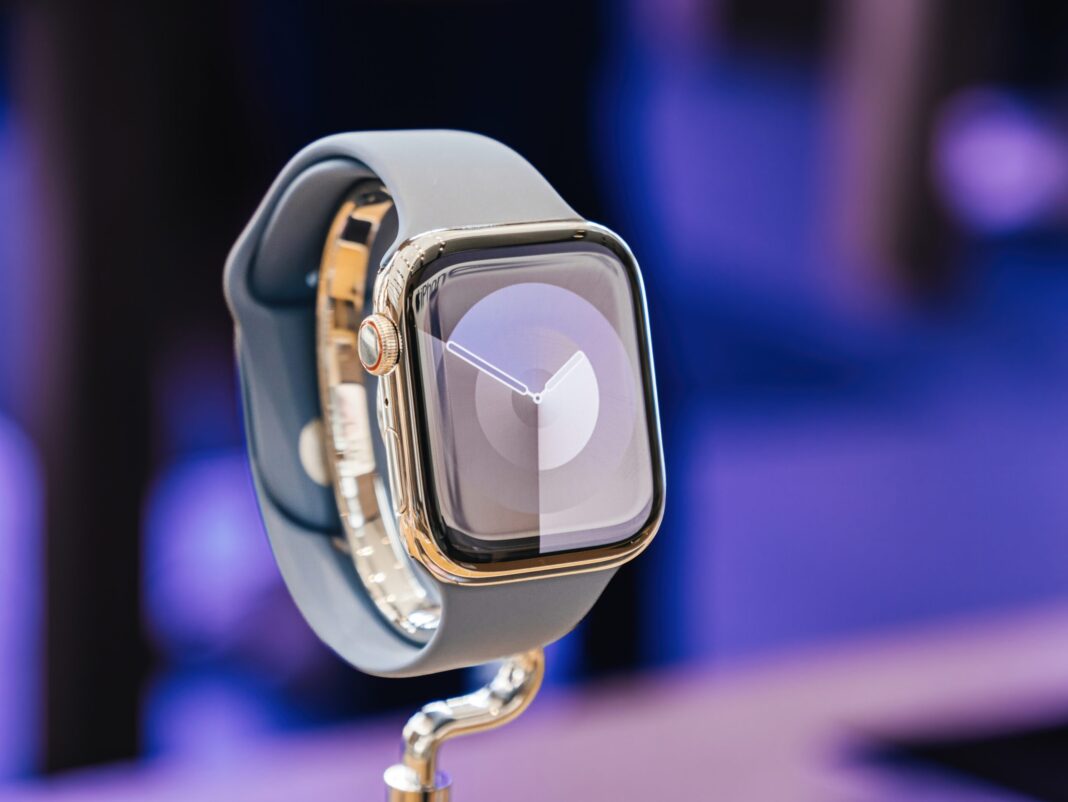New York, NY – In recent years, the Apple Watch has gone from a trendy accessory to a powerful health tool that millions rely on daily. With the release of the Apple Watch Series 10, this wearable device is now tackling a health concern that many are struggling with but might not even realize: sleep apnea. If you’ve ever woken up feeling more tired than rested, or had someone mention your irregular breathing during sleep, the Apple Watch could offer insights you need.
Let’s dive into what sleep apnea is, how Apple’s latest wearable can help detect it early, and what actionable steps you can take with the data it provides.
Understanding Sleep Apnea: Why It Matters
Sleep apnea isn’t just about a bad night’s sleep—it’s a serious condition. In fact, if left untreated, it can lead to fatigue, high blood pressure, heart disease, and even strokes. The two most common types are:
- Obstructive Sleep Apnea (OSA): This happens when your throat muscles relax too much, blocking the airway.
- Central Sleep Apnea (CSA): Here, the problem lies in your brain not sending the right signals to control breathing.
For those suffering from either form, symptoms like daytime sleepiness, difficulty concentrating, and even snoring can point to bigger issues.
But here’s the real concern: 80% of moderate to severe cases go undiagnosed. That’s where Apple Watch’s new tech steps in to potentially change lives.
How Apple Watch Series 10 Helps Detect Sleep Apnea Early
If you’re familiar with wearable tech, you know that Apple has been pushing the envelope on health features for years. But the Series 10 has taken a huge leap forward by incorporating features that could help millions identify sleep apnea earlier than ever before.
SpO2 Monitoring: A Game-Changer for Sleep Apnea Detection
One of the most important features is the ability to measure your blood oxygen levels (SpO2). For sleep apnea sufferers, drops in blood oxygen are common during episodes of interrupted breathing. The Apple Watch monitors your SpO2 levels overnight and alerts you if it detects any significant dips—an early warning sign of potential apnea episodes.
But it doesn’t stop there. Along with blood oxygen monitoring, the watch tracks:
- Heart rate variability to catch irregular heart rhythms.
- Breathing patterns using AI to identify when your breathing pauses or becomes erratic.
- Movement during sleep, giving you a complete picture of your night.
The goal here is not to diagnose sleep apnea on its own, but to give you valuable data that you can share with your healthcare provider.
From Data to Action: What You Can Do with Apple’s Sleep Apnea Insights
The integration with Apple’s Health app is what truly sets the Apple Watch apart. You can see your sleep patterns, SpO2 readings, and even get suggestions on whether you should visit a sleep specialist. It’s like having a health coach on your wrist—helping you move from awareness to action.
Here’s a simple plan for getting the most out of these insights:
- Monitor regularly: Wear your Apple Watch while sleeping for consistent tracking.
- Review your data: Check your SpO2 levels and sleep stats each morning through the Health app.
- Set up alerts: If the watch detects irregular patterns, it will notify you so you can act quickly.
- Share with your doctor: The Health app allows you to generate easy-to-read reports you can send directly to your doctor for further analysis.
Why This Matters for Your Long-Term Health
Let’s get real for a second: while wearables are great for tracking steps and calories, it’s features like these that are truly life-changing. Sleep apnea is underdiagnosed, and many people don’t realize they have it until serious complications arise. With tools like the Apple Watch, we’re starting to bridge that gap. The earlier you can catch the warning signs, the sooner you can take steps—whether that’s adjusting your sleep habits, exploring treatments like CPAP machines, or working with a specialist.
And here’s the kicker: with FDA approval for the sleep apnea monitoring feature, Apple is now positioned to play a huge role in preventive healthcare.
Looking Ahead: The Future of Wearable Health Tech
It’s not just about sleep apnea. This is a peek into the future of how wearables will help us manage health on a daily basis. Today, it’s SpO2 and sleep patterns. Tomorrow, it could be continuous monitoring for heart disease, diabetes, or even mental health.
As technology continues to evolve, we’ll likely see more features that turn wearables into essential medical tools. For now, if you’ve ever had concerns about your sleep health, the Apple Watch Series 10 is one of the most accessible ways to get insights that could make a real difference.
In Summary: Small Device, Big Impact
With the Apple Watch Series 10, you’re not just tracking steps or checking texts—you’re gaining a powerful ally in your quest for better health. Sleep apnea can be a silent disruptor, affecting your quality of life without you even realizing it. But thanks to Apple’s blood oxygen sensors, AI-driven algorithms, and seamless integration with the Health app, you now have the tools to catch it early and take action.
For many, this is more than just convenience—it’s a potential lifesaver. So, if you’re already an Apple Watch user, take advantage of these features. If you’re considering one, the health benefits alone might make it worth the investment.
Remember, the road to better health doesn’t have to be complicated—sometimes, all it takes is getting a little smarter about what’s happening while you sleep.


